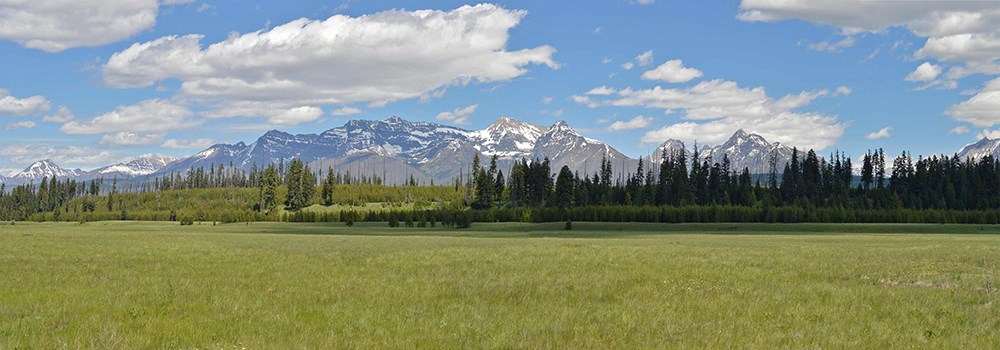
NPS Palmer Dry grasslands represent only 8% of the plant cover in Glacier National Park. The relic fescue-wheatgrass prairies in the North Fork drainage resemble those in eastern Washington and western Idaho, but here the dominant grass is rough fescue. The fingers of prairie on the east side of Glacier Park, dominated by Idaho fescue and rough fescue, are a little more like the grasslands of the Great Plains, and similar to those occurring in the North Fork. Needlegrass, Junegrass, timber oatgrass and bluebunch wheatgrass are common in both places. There is a somewhat higher species diversity in the park's east-side grasslands compared to the Great Plains. Pinegrass is an inconspicuous native woodland grass which normally doesn't attract much attention. This grass species only flowers following wildfire, and after the large Moose Fire of 2001, pinegrass suddenly sprouted flowering stalks ten times taller than their normal size and they seeded profusely. A similar display occurred following the 2003 fires. InvasivesOne attribute that the east and west sides of the park have in common is a major problem with exotic plant species. In the North fork prairies, leafy spurge and yellow toadflax have invaded disturbed areas and pose a major threat to native species. Control measures are very difficult, especially with the deep-rooted spurge. |
Last updated: May 22, 2016
